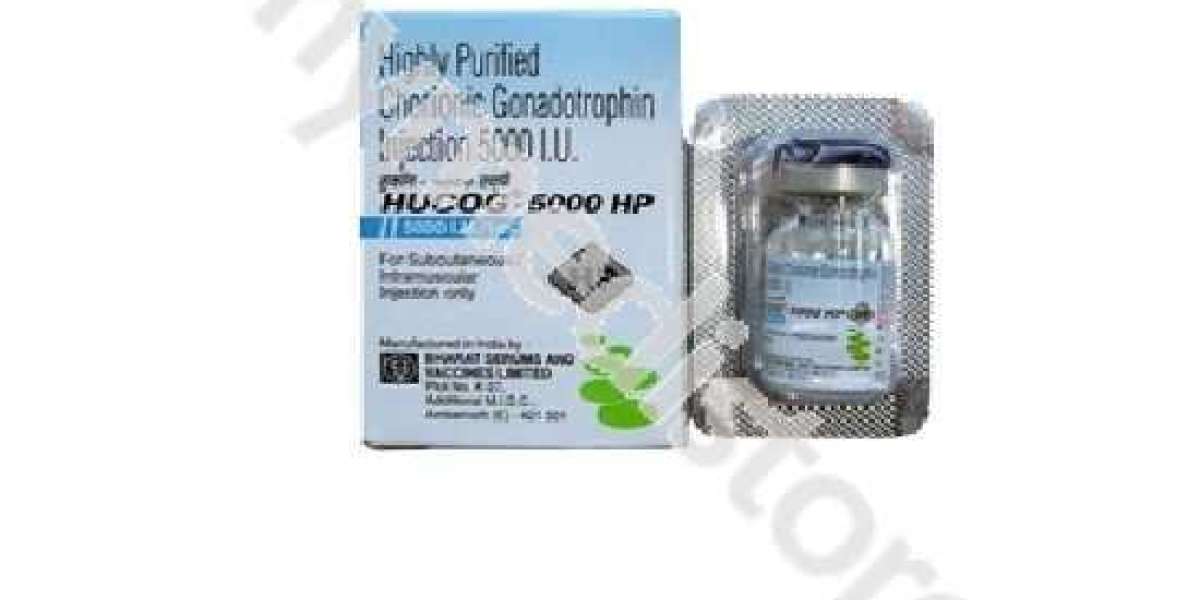To order this 540+ page report, please visit this - https://www.rootsanalysis.com/reports/view_document/large-volume-wearable-injectors/238.html
Key Inclusions
- An overview of current market landscape of the large volume wearable injectors available for delivery of insulin and non-insulin drugs, providing information on status of development and device specifications, such as type of device (patch pump / injector and infusion pump / injector), type of dose administered (basal, bolus and others), route of administration (subcutaneous and others), mode of injection (needle, needle / cannula and needle / catheter), storage capacity of the device, actuation mechanism (electromechanical, rotary pump, cell / expanded battery, pressurized gas, osmotic pressure and others), usability (disposable and reusable), availability of prefilled drug reservoir and availability of device connectivity. The report also features additional information on availability of prefilled insulin cartridges, availability of continuous glucose monitoring / blood glucose monitoring (CGM / BGM) systems, availability of Automated Insulin Delivery feature and type of remote control features (control within device / personal diabetes manager (PDM) / smartphone) in the insulin delivery devices.
- A detailed competitiveness analysis of large volume wearable injectors based on various relevant parameters, such as supplier power (based on the experience / expertise of the developer) and product specifications (type of device, type of dose, storage capacity of the device, usability, route of administration, connectivity and availability of a continuous glucose monitoring / blood glucose monitoring (CGM / BGM) systems (in case of insulin devices).
- Elaborate profiles of the prominent companies that develop large volume wearable injectors. Each company profile features a brief overview of the company, its financial information (if available), information on its product portfolio, recent developments and an informed future outlook. Additionally, the report includes tabulated profiles of wearable drug device combination products.
- An analysis of the partnerships that have been inked by the stakeholders in this domain, during the period between 2015 and 2020, covering acquisitions, product development agreements, product integration agreements, technology integration agreements, distribution and supply agreements, commercialization agreements, clinical trial agreements, licensing agreements, manufacturing agreements, service agreements, and other relevant types of deals.
- A detailed analysis on acquisition targets, taking into consideration the historical trend of the activity of the companies that have acquired other firms since 2000, and offering a means for other industry stakeholders to identify potential acquisition targets.
- An in-depth analysis of the various patents that have been submitted / filed related to large volume wearable injectors over the last three decades. It also highlights the key parameters associated with the patents, including information on patent type, issuing authority / patent offices involved, Cooperative Patent Classification (CPC) symbols, emerging areas (in terms of number of patents filed / granted), company type and leading industry, non-industry and individual patent assignees (in terms of size of intellectual property portfolio).
- A list of marketed drugs / therapies and pipeline candidates that are likely to be developed in combination with large volume wearable injectors in the near future, identified on the basis of an in-depth analysis of potential candidates, taking into consideration multiple parameters, such as stage of development, dosage, dose concentration, route of administration, type of dose and drug sales (in case of marketed drugs).
- A social media analysis depicting prevalent and emerging trends, and the popularity of large volume wearable injectors, as observed on the social media platform, Twitter. The analysis was based on tweets posted on the platform in the last few years.
- A detailed analysis of completed, ongoing and planned clinical trials of various large volume wearable injector products based on the various relevant parameters, such as trial registration year, current trial phase, trial status, study design, study focus, targeted therapeutic area and clinical outcomes.
- A case study on the role of contract manufacturing organizations in the overall manufacturing process / supply chain of wearable injectors. It includes information on the services provided by contract service providers for manufacturing of various device components (primary containers), infusion sets, adhesives, closures and injection moldings.
- An elaborate discussion on the various guidelines established by major regulatory bodies for medical device approval across North America (the US, Canada and Mexico), Europe (the UK, France, Germany, Italy, Spain and rest of Europe), Asia-Pacific and rest of the world (Australia, Brazil, China, India, Israel, Japan, New Zealand, Singapore, South Africa, South Korea, Taiwan, and Thailand). The report also features an insightful multi-dimensional, heat map analysis, featuring a comparison of the contemporary regulatory and reimbursement scenarios in key geographies across the globe.
- Informed estimates of the existing market size and the future opportunity for large volume wearable injectors, over the next decade. Based on parameters, such as the number of commercialized devices, number of devices under development, price of the device and the annual adoption rate, we have provided an estimate on the likely evolution of the large volume wearable injectors market, for the delivery of both insulin and non-insulin drugs, over the period 2020-2030.
The report features the likely distribution of the current and forecasted opportunity across important market segments, mentioned below:
- Type of Device
- Patch Pump / Injectors
- Infusion Pump / Injectors
- Product Usability
- Disposable
- Re-usable
- Therapeutic Area (for non-insulin drugs)
- Neurological Disorders
- Cardiovascular Disorders
- Oncological Disorders
- Infectious Disorders
- Key geographical regions
- North America
- Europe
- Asia Pacific
The report features inputs from eminent industry stakeholders, according to whom, large volume injectors are generally preferred for the delivery of biologics, which cannot be easily administered orally. The report includes detailed transcripts of discussions held with the following experts:
- Mark Banister (CEO, Medipacs)
- Michael Hooven (CEO, Enable Injections)
- Jesper Roested (CEO, Subcuject)
- Pieter Muntendam (Former President and CEO, scPharmaceuticals)
- Menachem Zucker (Vice President and Chief Scientist, Elcam Medical)
- Graham Reynolds (Vice President and General Manager, Biologics, West Pharmaceutical Services)
- Mindy Katz (Director of Product, Sorrel Medical)
To request sample pages, please visit this - https://www.rootsanalysis.com/reports/238/request-sample.html
Key Questions Answered
- Who are the leading developers of large volume wearable devices?
- What are the prevalent trends within the large volume wearable injectors market?
- Which drug candidates are suited for delivery via large volume wearable injectors?
- Who are the key contract service providers in this domain?
- What are the various regulatory guidelines issued for medical devices across different regions?
- How is the current and future market opportunity likely to be distributed across key market segments?
You may also be interested in the following titles:
- Microneedles and Needle-Free Injection Systems / Jet Injectors (Devices based on Spring, Gas and Other Mechanisms) Market, 2019-2030 [COVID-19 Series]
- Global Autoinjectors Market (3rd Edition), 2020-2030
- Prefilled Syringes Market (5th Edition), 2020-2030
Contact Information
Roots Analysis Private Limited
Ben Johnson
+1 (415) 800 3415
Facebook - https://www.facebook.com/RootsAnalysis
LinkedIn - https://www.linkedin.com/company/roots-analysis/mycompany/
Twitter - https://twitter.com/RootsAnalysis
Medium - https://medium.com/@RootsAnalysis
Pinterest - https://in.pinterest.com/RootsanalysisPin/_saved/







